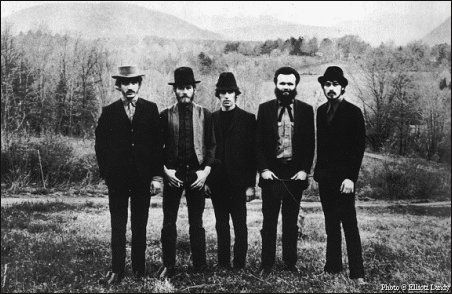E.D. Tillson's Model Farm
- Gabrielle Bossy

- Mar 15, 2015
- 3 min read

Map of the model farm courtesy of Annandale National Historic Site
E.D. Tillson was the son of George Tillson, founder of Tillsonburg. He was responsible for the growth and innovation behind Tillsonburg, owning all sorts of businesses including a pea mill, barley mill, brickyard and many others. However, one of his most interesting endeavors was his model farm which started as a retirement project but became a renowned landmark all over North America.
Annandale farm was the premier Ontario farm with extensive modern technology and incredibly sturdy buildings. On its expansive property, a number of farm ventures existed including: horse stables, a bull pen, a piggery and exercise pen, an apple orchard, a farm house, a brick barn complete with four silos, a carriage house, an implement shed, a number of bee hives, a creamery and an extensive water cast iron pipe system running under the property.[1] At its start, the farm consisted of 600 acres of cultivated land and much more that was uncultivated.[2] Overtime the farm did decrease to 300 acres but still managed to be lucrative.[3] The farm sat on top of a hill bordered by Cranberry Road, Lake Joseph and Concession Street.[4] Today Cranberry Road is Tillson Avenue. The water system, which attracted much media attention and the attention of Ontario farmers provided irrigation as well as running water to each of the buildings holding livestock.[5] The pipe system, created in the 1870s was the first step towards what would become a very impressive venture. Also during the 1870s, much of the property was cleared and a herd of short-horn beef cattle was bought.[6] Unfortunately, as cattle prices declined in the late 1890s, the herd was sold and replaced by dairy cows- a quarter of which were certified Holstein cows- Mr. Tillson’s favourites.[7] Eventually, Annandale Farm would run primarily around the dairy cows and creamery.
With the switch to dairy came the need for the storage of more livestock feed. The answer to E.D.’s problem led the building of Oxford County and Ontario’s very first silo as well as a butter creamery. The silo attracted much attention from farmers all over Canada and Ontario as these were only just being established in France and Germany making the establishment of a silo in Ontario a modern marvel.[8]
The creamery was one of the most lucrative parts of E.D.’s model farm- selling butter to a number of businesses including Trinity Hospital in Toronto![9] By 1898 Mr. Tillson owned 55 milking cows who in this milking season produced 563,307 pounds of milk and 22,980 pounds of butter.[10] Business was booming and Mr. Tillson was on the cusp of dairy technology!
Unfortunately, the profitable creamery came to a close in 1902 with E.D.’s death. The farm was leased in various pieces that year and the cows were sold in public auction during the following one.[11]

[1] Map of Part of Annandale Farm showing Drainage System. In Annandale National Historic Site Tillson Archives. (1890s).
[2] Laurel A. Beechey, E.D. Tillson: Annandale Farm (Amateur Historian: 1987), 1.
[3] Beechey, 1.
[4] Beechey, 1.
[5] Marie Blake, “Unsightly Weeds and the Water Works System” in Farm Exhibit Notes (Amateur Historian Work: 2012), 3.
[6] Blake, 3.
[7] Marie Blake, “Holsteins- Mr. Tillson’s Favourites” in Farm Exhibit Notes (Amateur Historian Work: 2012), 5.
[8] Patricia Phelps, Personal Conversation, 2011.
[9] Marie Blake, “Silos, Ensilage and a Creamery” in Farm Exhibit Notes (Amateur Historian Work: 2012), 3.
[10] Tillson Creamery Collection, property of Annandale National Historic Site, Official 1898 ledger.
[11] Blake, “Holsteins”, 5.
This post is from an excerpt from a university project I did called The Tillson Legacy using an augmented reality app called layar. I promise brand spankin’ new material each week in April my faithful readers! Look forward to blogs on the National Council on Public History Conference, Record Store Day 2015 and much more!



Comments